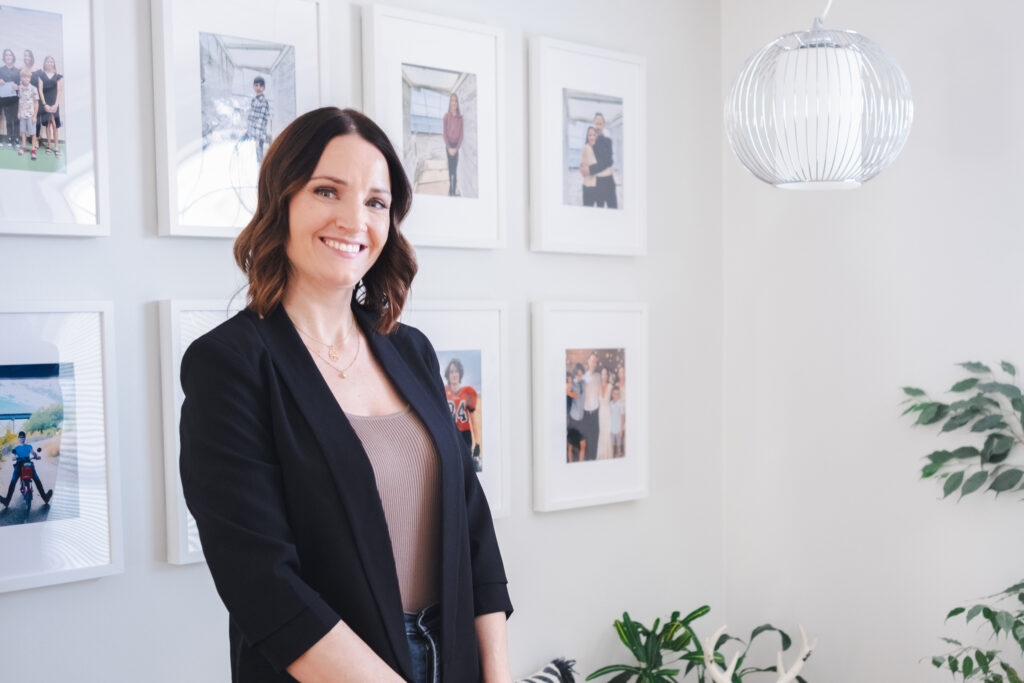Decluttering Made Simple:

Feeling overwhelmed by clutter? You’re not alone. Whether it’s a growing pile of items you’ve accumulated over time or the emotional burden of letting go of possessions, decluttering can feel like a daunting task. But it doesn’t have to be! At The Phoenix Home & Estate Organizing, we believe the key to a clutter-free home is taking it one step at a time. In this post, we’ll share five simple, manageable steps to help you start your decluttering journey—without feeling overwhelmed.
Start with One Room, One Area at a Time
Why it matters: The idea of organizing your entire home can feel overwhelming. The key is to start with one room and focus on a specific area in that room until it’s completely done. This method ensures you’re making progress without the feeling of chaos or unfinished work.
Actionable Tip: Begin with a single room, whether it’s the living room, bedroom, or kitchen. Within that room, choose a specific area to tackle first, such as a countertop, desk, or bookshelf. Work on one space until it’s fully organized before moving to another area. Completing one space at a time gives you a sense of accomplishment and helps you stay focused.
Example: Start with the kitchen counter. Clear off any unnecessary items, clean the surface, and organize what’s left. Once that area is done, move on to another section of the room.
Sort Items into Categories and Reroute, Don’t Just Trash
Why it matters: Decluttering is about more than just getting rid of things—it’s about deciding what stays, what goes, and what can be repurposed or re-routed. Some items might not belong in the space they’re in, so it’s important to re-evaluate and decide the best place for them.
Actionable Tip: Use the “Four Box Method” to categorize your items:
- Keep: Items you use regularly or have a clear purpose for.
- Donate: Items in good condition that you no longer need or want but are still useful to others.
- Re-route: Items that don’t belong in this room but can be used elsewhere in your home.
- Trash/Recycle: Items that are broken, worn out, or can’t be repurposed.
Example: You might have old books sitting on the counter that belong in the bookshelf. Instead of throwing them away, simply reroute them to the right space. If you come across items like old magazines or outdated paperwork that aren’t useful anymore, they can go straight to recycling.
Schedule Short, Manageable Decluttering Sessions
Why it matters: One of the biggest barriers to decluttering is the fear that it will take hours or days. You don’t need to commit hours at a time—breaking up your decluttering sessions into shorter, manageable chunks will help you stay focused and avoid burnout.
Actionable Tip: Set aside specific time blocks each day or week for decluttering, but keep each session short—around 20 to 30 minutes. The goal is to work in short bursts so you don’t get too overwhelmed or exhausted. Even 15 minutes a day can make a big difference over time!
Example: Schedule 20 minutes after dinner to focus on decluttering the living room coffee table. Once that time is up, you can stop and feel accomplished knowing you’ve made progress.
Let Go of Sentimental Items with Care
Why it matters: It’s common to hold onto sentimental items because of emotional connections, but keeping everything can add to your clutter. It’s important to make peace with the fact that letting go doesn’t mean losing the memory.
Actionable Tip: If you’re struggling with sentimental items, take the time to reflect on their emotional significance. If the item no longer serves a purpose in your life, consider taking a photo to preserve the memory rather than holding onto the physical object. This helps reduce clutter while keeping the memories alive.
Example: Perhaps you have an old jacket from a loved one. Instead of storing it in your closet indefinitely, take a photo of it and donate it to someone who could use it. You’ll still have the memory, but it won’t contribute to the clutter in your home.
Create a Donate Box and Seasonal Declutter
Why it matters: Decluttering doesn’t need to be a one-time event. Keeping your home organized requires ongoing maintenance. A simple way to do this is by having a dedicated donate box where you can add items throughout the year, especially as seasons change.
Actionable Tip: Place a box or bag in a convenient location in your home (like a closet or entryway) where you can easily add items for donation as you come across them. Make a habit of checking this box once a month. Also, take the time to declutter seasonally—before each new season, go through your wardrobe and remove items that are out of season or no longer fit.
Example: Before packing away your summer clothes, go through them to see what you didn’t wear and donate what no longer fits or suits your style. This helps keep your closet fresh and reduces the temptation to hang onto clothes you’re unlikely to wear again.
Decluttering doesn’t have to be overwhelming or stressful. By taking small, manageable steps, sorting items into categories, and setting aside time for short decluttering sessions, you can make real progress in creating an organized and clutter-free home. Remember, it’s not about perfection—it’s about making your home a space that supports your peace of mind and well-being.
At The Phoenix Home & Estate Organizing, we’re here to help guide you through every step of the process. Whether you’re dealing with a small area or an entire estate, we offer compassionate, personalized organizing solutions that suit your unique needs.
Your clutter-free home is just around the corner!
Schedule a consultation with us and let’s make the journey to an organized home a reality.
